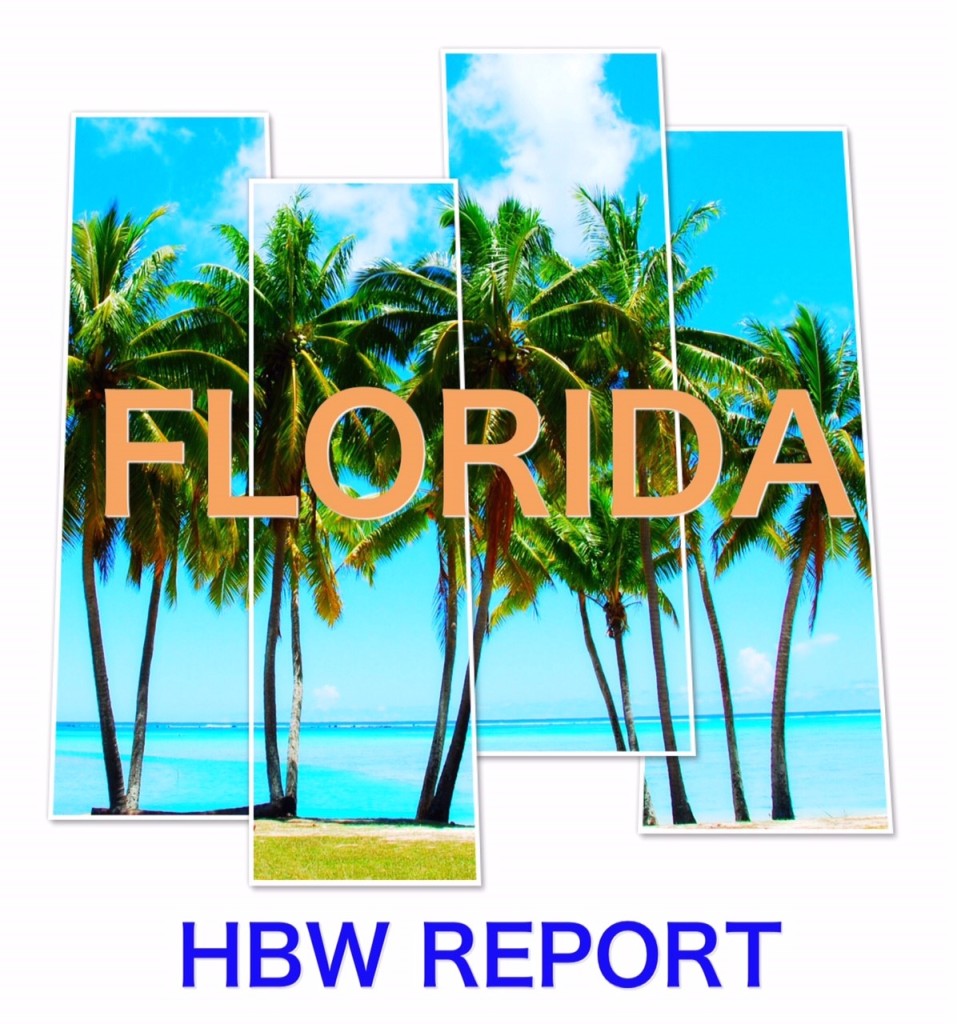A review of the leading contractors in Florida based on the total number of new residential construction permits on record with HBW during the month of October 2020

As reported in the Florida residential construction review last week, there were approximately 7,275 housing starts with a total construction value of nearly $1.96 billion in the Sunshine State last month. Out of the hundreds of contractors with new residential construction activity on record with HBW, D.R. Horton carried the greatest volume of housing starts, having 1,235 new permits for the one-month period and ranking #1 in four our five of the Florida regions reviewed (Tampa, Southwest, Orlando, Southeast, Jacksonville).
Here is a closer look at the top five home builders by region, based on new permits on record with HBW during the month of October 2020:
Tampa
Out of the nearly 220 home builders with new construction activity on record with HBW in the Tampa area last month, the following ranked as the top five for total new permits:
| Builder | Total Permits | Average Value |
| 1-D.R. Horton | 263 | $ 232,343.00 |
| 2-Lennar Homes | 232 | $ 313,315.00 |
| 3-The Villages of Lake Sumter | 135 | $ 300,309.00 |
| 4-Highland Homes | 110 | $ 212,260.00 |
| 5-M/I Homes | 100 | $ 346,670.00 |
Southwest
Last month, there were 265 contractors with new residential construction activity on record in the southwestern region of Florida, and the following ranked as the top five for total new permits:
| Builder | Total Permits | Average Value |
| 1-D.R. Horton | 211 | $ 202,525.00 |
| 2-Lennar Homes | 192 | $ 171,624.00 |
| 3-Taylor Morrison | 96 | $ 232,440.00 |
| 4-Pulte Homes | 93 | $ 201,520.00 |
| 5-Neal Communities | 89 | $ 188,146.00 |
Southeast
In the southeastern region of Florida, there were more than 150 contractors with new residential construction activity on record last month, and the following ranked as the top five for total new permits:
| Builder | Total Permits | Average Value |
| 1-GL Building Corp | 128 | $ 483,872.00 |
| 2-Lennar Homes | 75 | $ 222,145.00 |
| 3-D.R. Horton | 75 | $ 188,879.00 |
| 4-Pulte Homes | 37 | $ 355,434.00 |
| 5-Maronda Homes | 37 | $ 153,238.00 |
Orlando
Out of the approximately 150 home builders with new permits on record with HBW in Orlando last month, the following ranked as the top five for total new permits:
| Builder | Total Permits | Average Value |
| 1-D.R. Horton | 393 | $ 282,974.00 |
| 2-CalAtlantic Homes | 126 | $ 387,426.00 |
| 3-M/I Homes | 77 | $ 345,601.00 |
| 4-Mattamy Homes | 55 | $ 314,190.00 |
| 5-Pulte Homes | 50 | $ 359,255.00 |
Jacksonville
In Jacksonville, there were more than 120 contractors with new residential construction activity on record last month, and the following ranked as the top five for total new permits:
| Builder | Total Permits | Average Value |
| 1-D.R. Horton | 293 | $ 149,676.00 |
| 2-Lennar Homes | 109 | $ 263,660.00 |
| 3-KB Homes | 104 | $ 133,325.00 |
| 4-Dream Finders Construction | 89 | $ 233,746.00 |
| 5-Mattamy Homes | 72 | $ 234,164.00 |
To gain more information on the builders, homeowners and permits for the construction activity above, check out HBW for your copy of the latest construction data reports. To gain access to the HBW database and receive custom and detailed reports on the latest residential and commercial building activity in Florida, Georgia, Texas, Alabama, and Oklahoma, please contact HBW for details.









